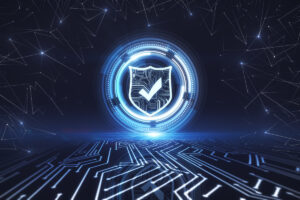As a business owner, one of your main objectives should be to keep sensitive information in your possession safe. If you want to outsmart modern hackers, you have to learn more about the schemes they use to gain access to sensitive information. You also need to make sure your employees are aware of these scams and how to react when faced with one.
Email phishing is involved in nearly 35 percent of all data breaches. The emails sent out by cybercriminals contain either a link to a malware-filled website or an attachment filled with viruses.
If you want to provide your team with the tools they need to avoid these common attacks, here are some things they should know.
1. Phishing Emails Are Getting Very Sophisticated
Some employees have a habit of simply skimming their email inboxes. In the past, it was easy to spot phishing emails that originated overseas due to the grammatical and stylistic errors they contained. Modern hackers have caught on to this and are starting to make their emails far more sophisticated.
There are a number of tools that help hackers clean up these emails and ensure they appeal to their target audience. This is why you need to make sure your employees know the importance of reading emails very closely before clicking any attachments or links.
2. Spoofed Email Addresses Are Commonly Used in Phishing Attacks
When receiving an email from an unknown sender, the first thing most people do is look at the email address. If this address appears to be tied to a reputable business or government organization, a person might let their guard down. Email spoofing is a common practice used by hackers.
Spoofing is when a hacker uses a legitimate-looking email address to fool a person. In most cases, this address will be followed by a random email address. Getting fooled by spoofing and clicking on a link or file attachment can be disastrous. This is why you need to adequately educate your employees about this tactic.
3. Phishing Links Are Often Hidden in Attachments
Generally speaking, all phishing emails will contain a link. However, some of these links are hidden. To avoid detection by email security filters, hackers are starting to put these links in PDF and Word document attachments. When these links are provided in this way, they can appear safe to email security filters. An IT services provider will advise your employees to hover over attachments in emails to see what links are embedded in them.
If the employee detects that a suspicious link is embedded in the attachment, they should avoid opening it at all costs. With this knowledge, your employees can act as the first line of defense against these types of cyberattacks. A well-educated team will also be more productive and engaged.
Rather than waiting until your servers are breached by a phishing scam to take action, you need to stay one step ahead of this problem. With the help of a reputable IT provider, you can keep your sensitive information protected.

